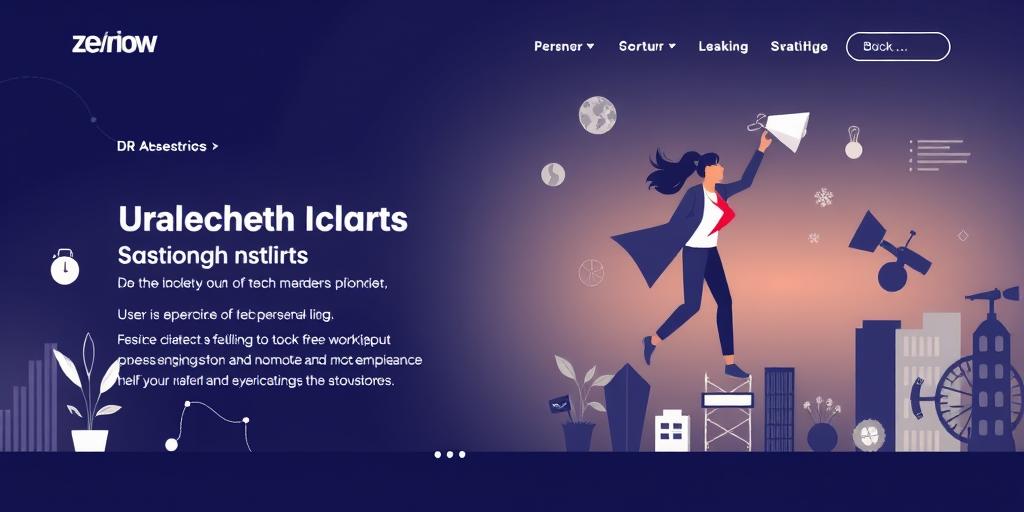Achieving Work-Life Balance in the “Always On” Culture of 2025
The modern workplace, increasingly characterized by remote work and digital connectivity, presents both opportunities and challenges for work-life balance. In 2025, the “always on” culture is more pervasive than ever. This article explores strategies for navigating this environment and achieving a healthier equilibrium.
Understanding the “Always On” Culture
The “always on” culture refers to the expectation that employees are consistently available and responsive, blurring the lines between work and personal life. Factors contributing to this include:
- Technological advancements: Smartphones, laptops, and ubiquitous internet access facilitate constant connectivity.
- Remote work: While offering flexibility, remote work can lead to longer hours and difficulty disconnecting.
- Globalized markets: The need to collaborate across time zones can extend the workday.
- Competitive pressures: The desire to excel and demonstrate commitment can drive employees to overwork.
Strategies for Achieving Work-Life Balance
Successfully balancing work and life requires proactive strategies and conscious effort. Consider these approaches:
-
Set Clear Boundaries:
- Establish specific work hours: Define start and end times and adhere to them as closely as possible.
- Designate a workspace: Having a dedicated area for work helps mentally separate it from personal space.
- Communicate availability: Inform colleagues and clients of your work hours and response times.
-
Prioritize and Manage Time Effectively:
- Use time-management techniques: Implement methods like the Pomodoro Technique or time blocking to enhance productivity.
- Delegate tasks: Distribute responsibilities when possible to reduce individual workload.
- Learn to say no: Politely decline additional tasks or commitments when already at capacity.
-
Embrace Technology Mindfully:
- Schedule digital detox periods: Allocate time each day to disconnect from devices and engage in non-digital activities.
- Utilize productivity tools: Employ apps and software that help manage tasks, schedules, and communications.
- Turn off notifications: Disable non-essential notifications to minimize distractions.
-
Prioritize Self-Care:
- Regular exercise: Physical activity reduces stress and improves overall well-being.
- Adequate sleep: Aim for 7-9 hours of quality sleep each night.
- Healthy diet: Maintain a balanced diet to support energy levels and mental clarity.
- Mindfulness and meditation: Practice mindfulness to reduce stress and enhance focus.
-
Foster Supportive Relationships:
- Connect with family and friends: Spend quality time with loved ones to maintain social connections.
- Seek support from colleagues: Share challenges and solutions with coworkers.
- Consider professional counseling: If struggling with work-life balance, seek guidance from a therapist or counselor.
The Role of Employers
Employers play a crucial role in fostering a culture that supports work-life balance. Key initiatives include:
- Flexible work arrangements: Offering options like remote work, flexible hours, and compressed workweeks.
- Supportive policies: Implementing policies that encourage employees to take time off and prioritize their well-being.
- Training and resources: Providing training on time management, stress management, and work-life balance strategies.
- Promoting a healthy work environment: Creating a culture where employees feel comfortable disconnecting and prioritizing their personal lives.
The Future of Work-Life Balance
As technology continues to evolve, the challenge of achieving work-life balance will persist. However, by implementing effective strategies, embracing mindful technology use, and fostering supportive relationships, individuals can navigate the “always on” culture and create a more sustainable and fulfilling life. Employers, too, must prioritize employee well-being to create a healthy and productive workforce.
By taking proactive steps, it is possible to thrive both professionally and personally in the digital age.
